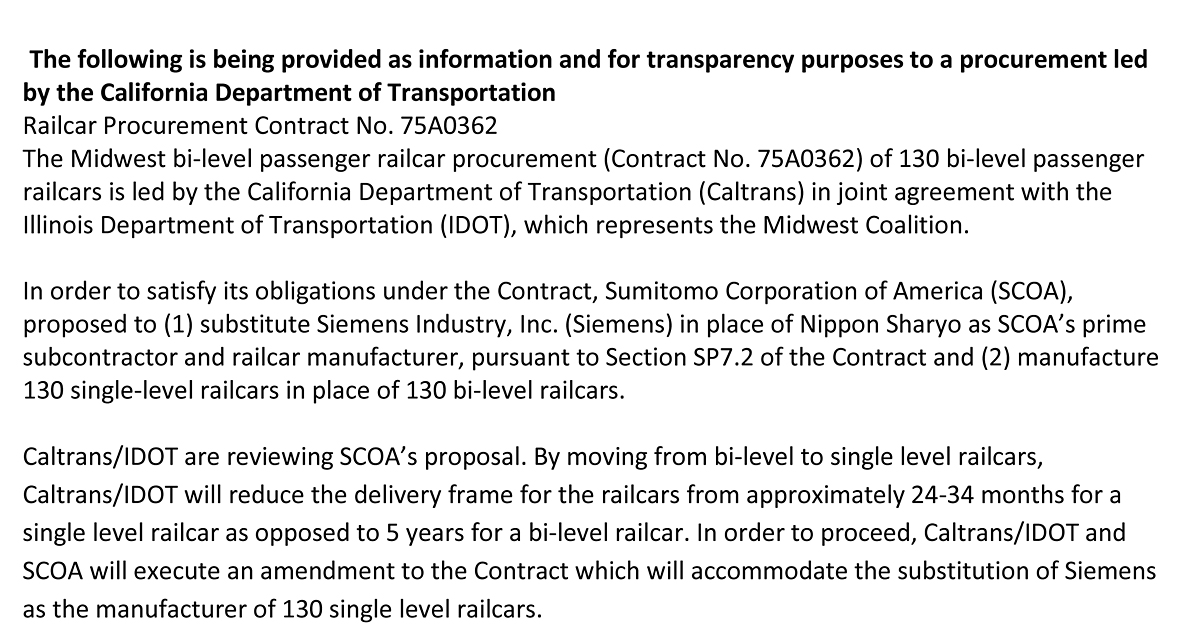brianpmcdonnell17
Conductor
As I understand it, the first Amfleet replacement coaches will replace the Amfleet IIs as you stated. However, the new coaches will likely operate on the long-distance trains and the Amfleet Is will likely remain on the regional trains until their replacement. Otherwise, LD legroom would be greatly reduced in addition to no longer having a legrest or large windows unless the Amfleet Is were rebuilt. The regional coaches also do not operate as many miles, so it really wouldn't make any sense for the Amfleet II replacements to operate on regional trains.The CAF Viewliner order has no Coaches in it. 70 Baggage cars, 25 Diners, 25 Sleepers, 10 Bag Dorms. Option for seventry more cars including 10 diners, 10 sleepers, 35 Baggage Dorms, and 15 Baggage Cars. New single level coaches will come from the single level coach procurement. Amfleet II will be retired first, with Amfleet Is bumped to the long distance trains as new coaches come online. I suspect bilevel long distance cars will be Superliner knockoffs.NickCapacity is needed now not in a few years. The statement that NS would deliver bi levels in 2020 is suspect. None of the agencies can really wait 3 or more years for additional capacity. Even Amtrak may have to bite the bullet if CAF cannot finish the V-2s and start building coaches. Too many "IFs". Another if is how much can Siemens increase their production rate ? Any one know their current worker schedules ? one main shift or more / 24 - 7 ?
The Siemens coaches can operate with Amfleets and Viewliners, but not Superliners in the absence of a transition car. I would not be surprised at all to see Siemens chosen for Amfleet replacements, although bi-level cars will likely be chosen for a future Superliner replacement.Could Siemens coaches be used in a consist with viewliner dinners and sleepers? Wouldn't be the worst thing if amtrak could standardize it's fleet. Obviously Siemens coaches on long distance trains would have to have seats for long distance travel.
Sent from my SM-J327P using Amtrak Forum mobile app
Last edited by a moderator:

























































